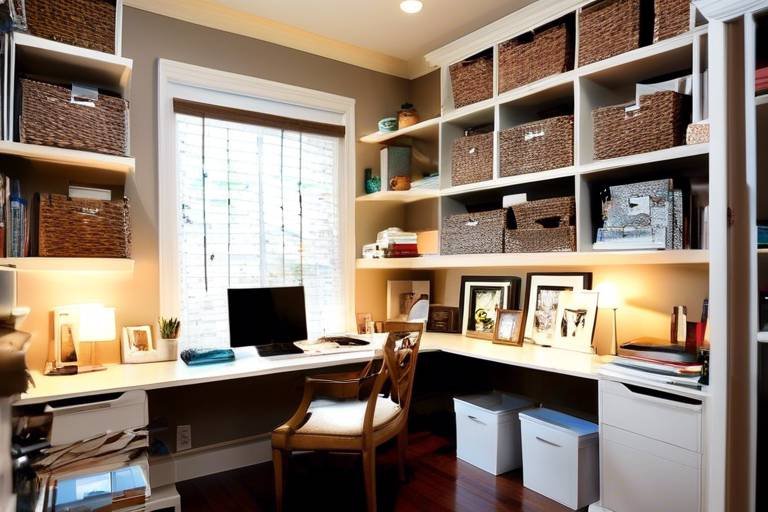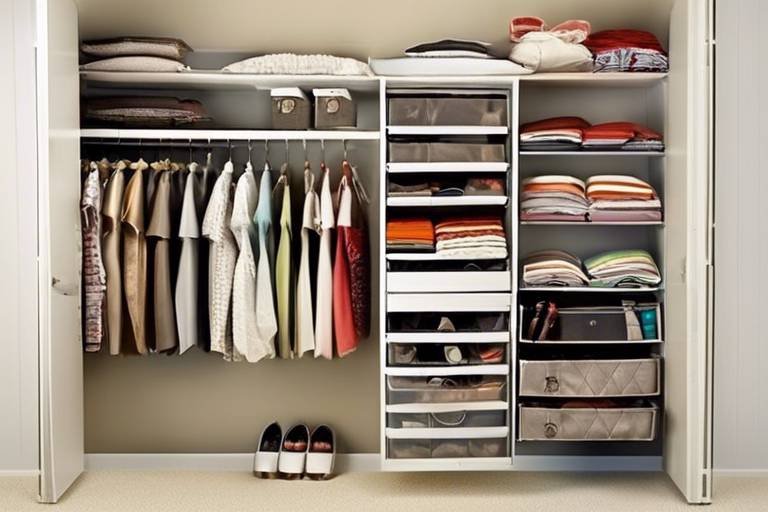How to Create a Coordinated Furniture Layout for Your Home
Creating a coordinated furniture layout for your home is a key element in transforming your living space into a harmonious and functional environment. By strategically arranging your furniture pieces, you can enhance the overall aesthetic appeal of the room while optimizing the use of space. Let's delve into some essential tips and tricks to help you achieve a well-coordinated layout that suits your style and needs.
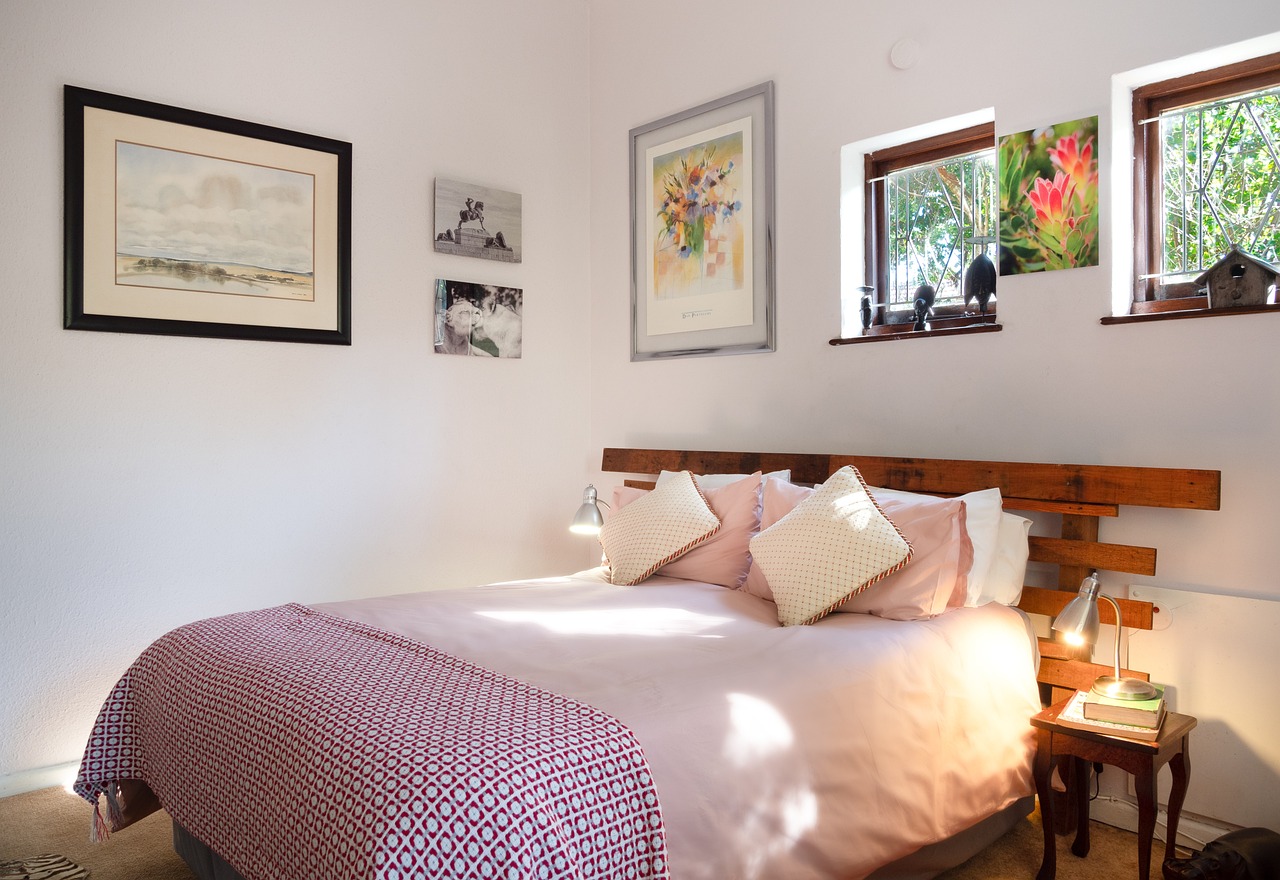
Assess Your Space and Needs
Tips and tricks for arranging furniture in a cohesive and visually appealing way to enhance the overall look and functionality of your living space.
Understanding the dimensions of your room and identifying your requirements is crucial in planning an efficient furniture layout that maximizes space and comfort.
When assessing your space, measure the dimensions of the room to determine the available space for furniture placement. Consider the placement of windows, doors, and architectural features that may impact the layout. Additionally, take note of any specific needs or functions the room should serve, such as a designated area for entertainment or relaxation.
Creating a floor plan can be a helpful visual tool to map out the placement of furniture and ensure that it fits well within the space. This step allows you to experiment with different arrangements before physically moving the furniture, saving time and effort in the long run.
Moreover, consider the traffic flow within the room to ensure that there is enough space for movement between furniture pieces. By strategically placing items, you can create a harmonious flow that enhances both functionality and aesthetics.
By evaluating your space and needs thoroughly, you can tailor your furniture layout to optimize the use of space and create a comfortable and inviting environment in your home.
Select a key element in the room, such as a fireplace or a large window, to anchor your furniture arrangement around and create a harmonious design.
Ensure there are clear pathways between furniture pieces to allow for easy movement and maintain a balanced flow throughout the room.
Mixing various sizes of furniture pieces and incorporating different heights can add visual interest and create a sense of equilibrium in the space.
Opt for versatile pieces that can serve multiple functions, such as a storage ottoman or a sleeper sofa, to maximize space efficiency in smaller rooms.
Experiment with both symmetrical arrangements for a classic look and asymmetrical layouts for a more dynamic and modern feel in your home.
Incorporate a combination of overhead lighting, task lighting, and ambient lighting to create a well-lit and inviting atmosphere that complements your furniture layout.
Infuse your unique style into the space by incorporating personal mementos, artwork, and decorative accents that reflect your personality and make the room feel like home.

Choose a Focal Point
When it comes to arranging furniture in your home, selecting a focal point is a crucial step in creating a cohesive and visually appealing layout. The focal point serves as the anchor for your furniture arrangement, guiding the placement of other pieces in the room. It can be a prominent feature like a fireplace, a large window with a stunning view, or even a piece of artwork that draws the eye.
By choosing a focal point, you establish a central focus for the room, around which the rest of the furniture layout can revolve. This not only helps in organizing the space effectively but also adds a sense of balance and harmony to the overall design. Think of it as the star of the show that sets the tone for the entire room.
When deciding on a focal point, consider the size and scale of the room, as well as the function of the space. For example, in a living room, a fireplace can serve as a natural focal point, while in a bedroom, the bed itself can take on this role. By identifying the focal point early on, you can streamline the furniture arrangement process and create a well-defined layout that showcases the best features of the room.
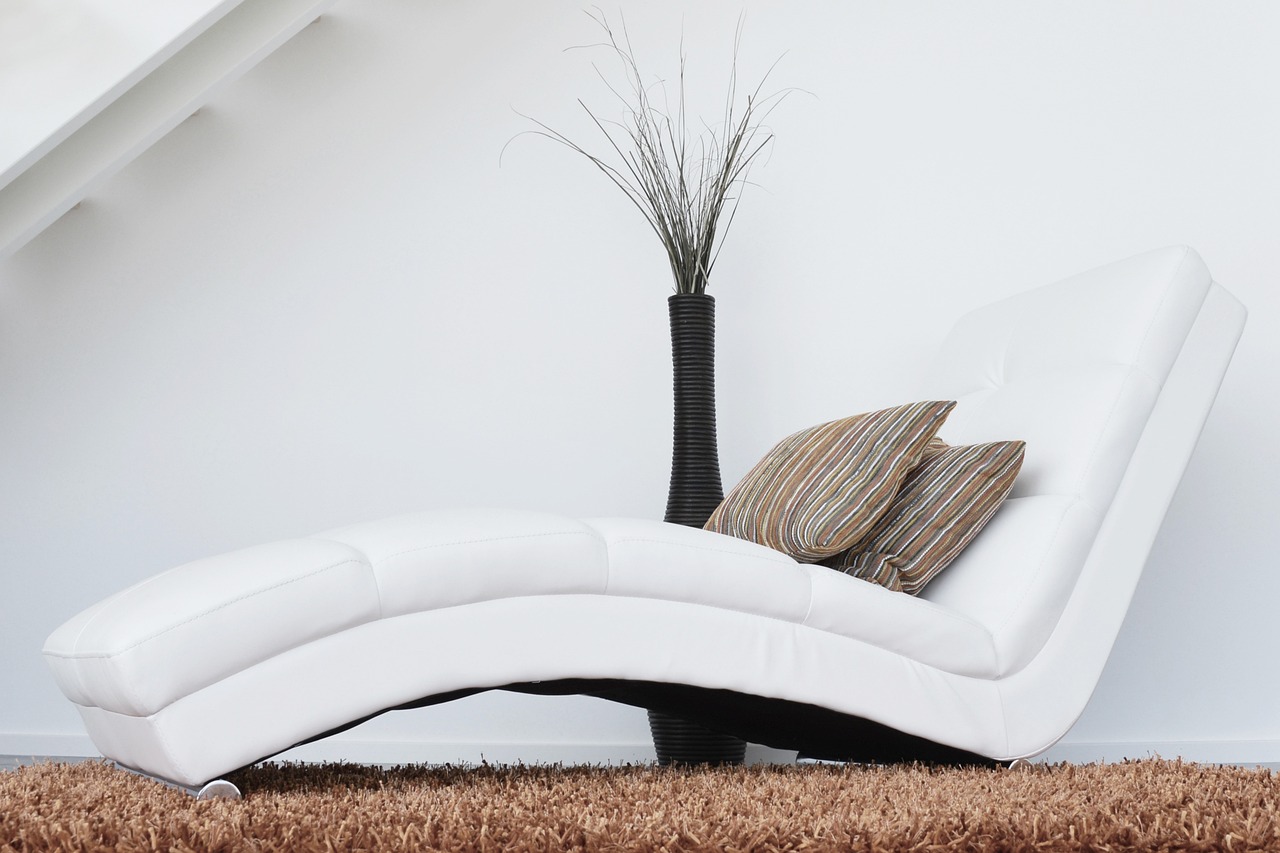
Consider Traffic Flow
When arranging furniture in a room, it's essential to consider the traffic flow to ensure a seamless and functional layout. Imagine yourself moving through the space – how easy is it to navigate around the furniture? Are there any obstacles in your way? These are crucial questions to ask when planning the arrangement of your furnishings.
One effective way to optimize traffic flow is by creating clear pathways between furniture pieces. This not only allows for easy movement within the room but also helps maintain a sense of balance and openness. Consider the natural walking patterns in the space and ensure that there are no obstructions hindering the flow.
Additionally, when positioning larger furniture items such as sofas or chairs, be mindful of how they impact the overall circulation in the room. Avoid placing furniture in a way that blocks entrances or disrupts the natural flow of movement. By strategically arranging your pieces, you can promote a sense of spaciousness and accessibility.
Furthermore, it's important to strike a balance between functionality and aesthetics when considering traffic flow. While you want the room to look visually appealing, it should also serve its primary purpose – to be a comfortable and practical living space. By prioritizing traffic flow in your furniture layout, you can create a harmonious environment that is both inviting and easy to navigate.
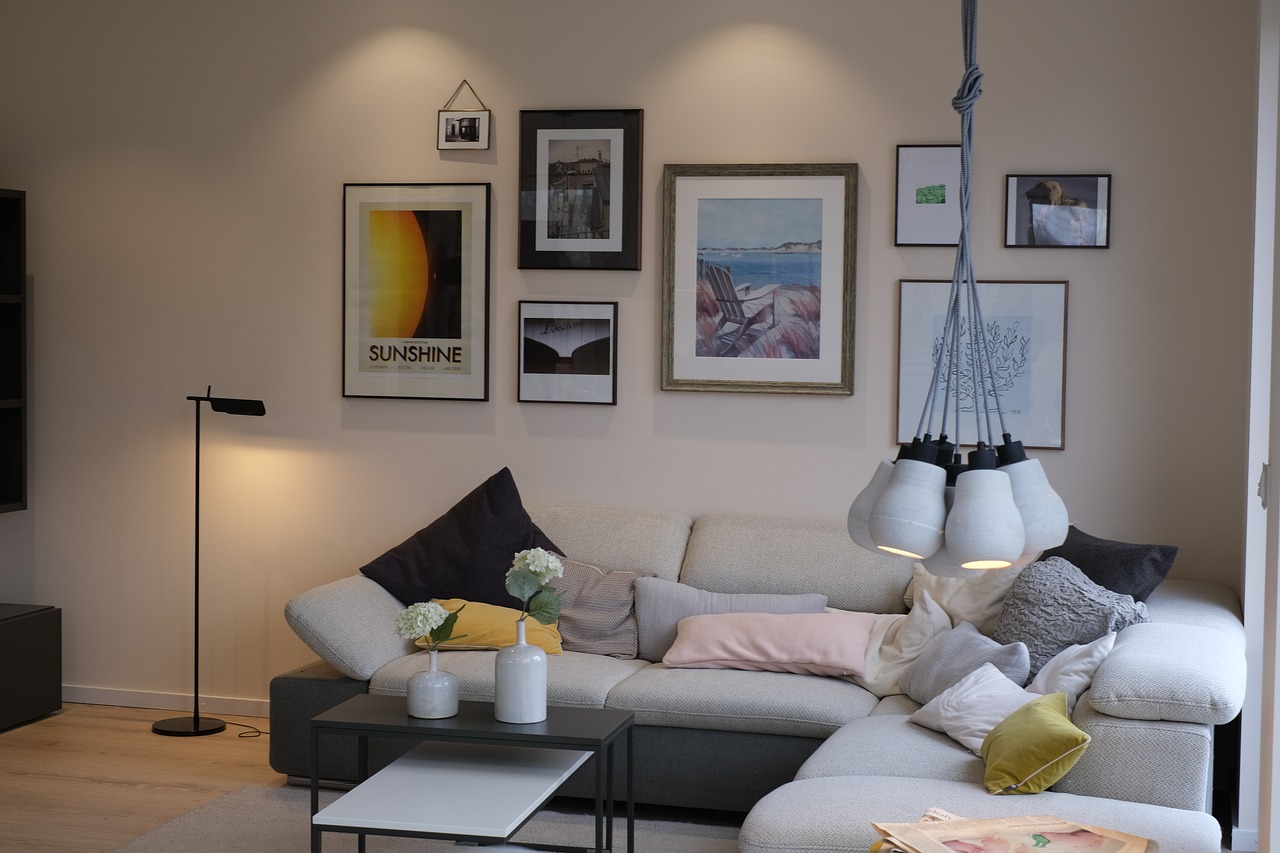
Balance Proportions
When it comes to creating a harmonious and visually appealing furniture layout in your home, one crucial aspect to consider is balancing proportions. By mixing furniture pieces of various sizes and incorporating different heights, you can add depth and interest to the space. Think of it as creating a symphony where each instrument plays a unique role but comes together to form a cohesive and balanced composition.
Imagine a room where all the furniture is the same height and size - it would lack dimension and feel monotonous. To avoid this, mix and match pieces such as a tall bookcase with a low coffee table or a large sectional sofa with sleek accent chairs. This interplay of proportions not only adds visual appeal but also creates a sense of equilibrium in the room.
Additionally, consider the scale of the room when balancing proportions. In a small space, opting for oversized furniture can overwhelm the room, while in a large room, using too many small pieces can make the space feel cluttered. Finding the right balance is key to creating a comfortable and visually pleasing environment.
One effective way to balance proportions is by creating a focal point within the room and arranging furniture around it. This not only anchors the layout but also helps in distributing visual weight evenly throughout the space. Whether it's a statement piece of artwork, a striking light fixture, or a cozy fireplace, a focal point can guide the eye and establish a sense of harmony in the room.

Utilize Multipurpose Furniture
When it comes to optimizing the layout of your furniture, utilizing multipurpose pieces can be a game-changer. These versatile furniture items not only save space but also add functionality to your living area. Imagine having a stylish storage ottoman that not only serves as a footrest but also provides extra storage for blankets and pillows. It's like having a hidden treasure chest right in your living room!
Another fantastic example of multipurpose furniture is a sleeper sofa. During the day, it functions as a comfortable seating option for your guests, but at night, it transforms into a cozy bed for a good night's sleep. This dual functionality is perfect for those who have limited space but still want to accommodate overnight visitors without compromising on comfort.
By incorporating multipurpose furniture into your layout, you can maximize the efficiency of your space without sacrificing style. These pieces are not only practical but also add a touch of innovation to your home decor. So, why settle for ordinary furniture when you can have pieces that offer both form and function?
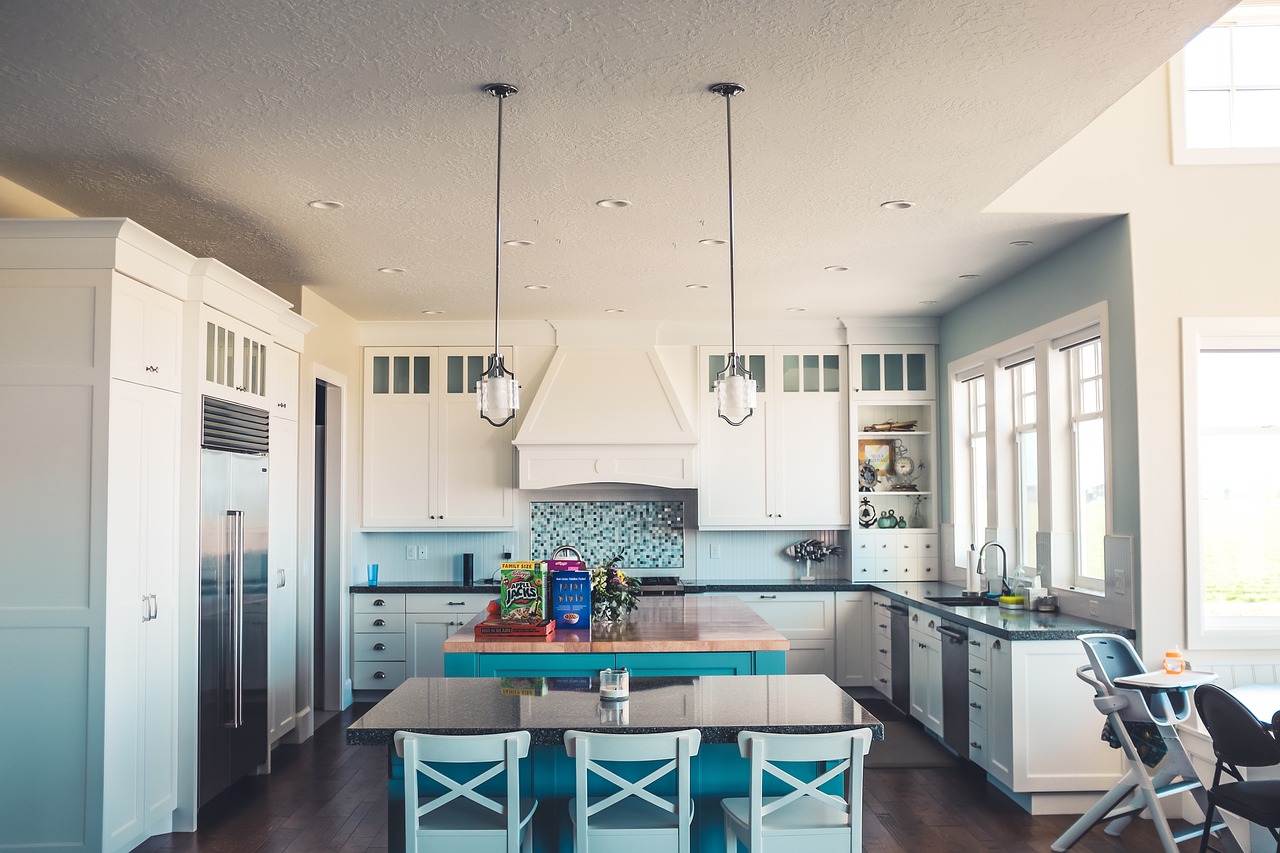
Play with Symmetry and Asymmetry
When it comes to creating a visually appealing furniture layout for your home, playing with symmetry and asymmetry can truly transform the look and feel of your living space. Symmetry, with its balanced and harmonious arrangement, offers a classic and timeless appeal, while asymmetry introduces a dynamic and modern touch that can add excitement to your room.
Imagine your living room as a canvas, and the furniture as your paintbrushes. Symmetrical arrangements involve placing identical or similar items on either side of a central point, creating a sense of order and formality. This approach is perfect for those who prefer a more traditional and structured look in their home.
On the other hand, asymmetrical layouts involve a more free-form and creative approach. By mixing different shapes, sizes, and styles of furniture pieces, you can achieve a more eclectic and personalized design. Asymmetry allows for flexibility and experimentation, making it ideal for those looking to infuse a sense of spontaneity and character into their living space.
One way to play with symmetry and asymmetry is by balancing large furniture pieces with smaller ones, creating visual interest and depth in the room. For example, you can pair a large sectional sofa with a couple of mismatched accent chairs to achieve a harmonious yet eclectic look.
Additionally, incorporating elements of symmetry through accessories such as matching throw pillows or identical table lamps can help tie the room together and create a cohesive design. Meanwhile, introducing asymmetry through art arrangements, unique furniture placements, or unexpected color combinations can add a touch of personality and flair to your space.

Layer Lighting Elements
Tips and tricks for arranging furniture in a cohesive and visually appealing way to enhance the overall look and functionality of your living space.
When it comes to creating a well-rounded furniture layout, lighting plays a crucial role in setting the ambiance and mood of your space. Layering different lighting elements can transform a room from dull to dynamic, elevating the overall design.
Start by incorporating overhead lighting, such as chandeliers or pendant lights, to provide general illumination throughout the room. This serves as the foundation of your lighting scheme, ensuring adequate brightness in the space.
Next, introduce task lighting, like desk lamps or under-cabinet lights, to illuminate specific areas for activities such as reading or working. Task lighting adds functionality and enhances the usability of different zones within the room.
Lastly, don't forget about ambient lighting, which includes floor lamps or wall sconces that create a warm and inviting atmosphere. Ambient lighting softens the overall look of the room and complements the furniture layout, making the space feel cozy and welcoming.
By layering these various lighting elements, you can achieve a well-lit and harmonious environment that beautifully showcases your carefully arranged furniture while also providing functionality and comfort.
1. How can I determine the right size of lighting fixtures for my room?
2. What are the best ways to control the intensity of different lighting elements?
3. Are there any energy-efficient lighting options that complement a coordinated furniture layout?
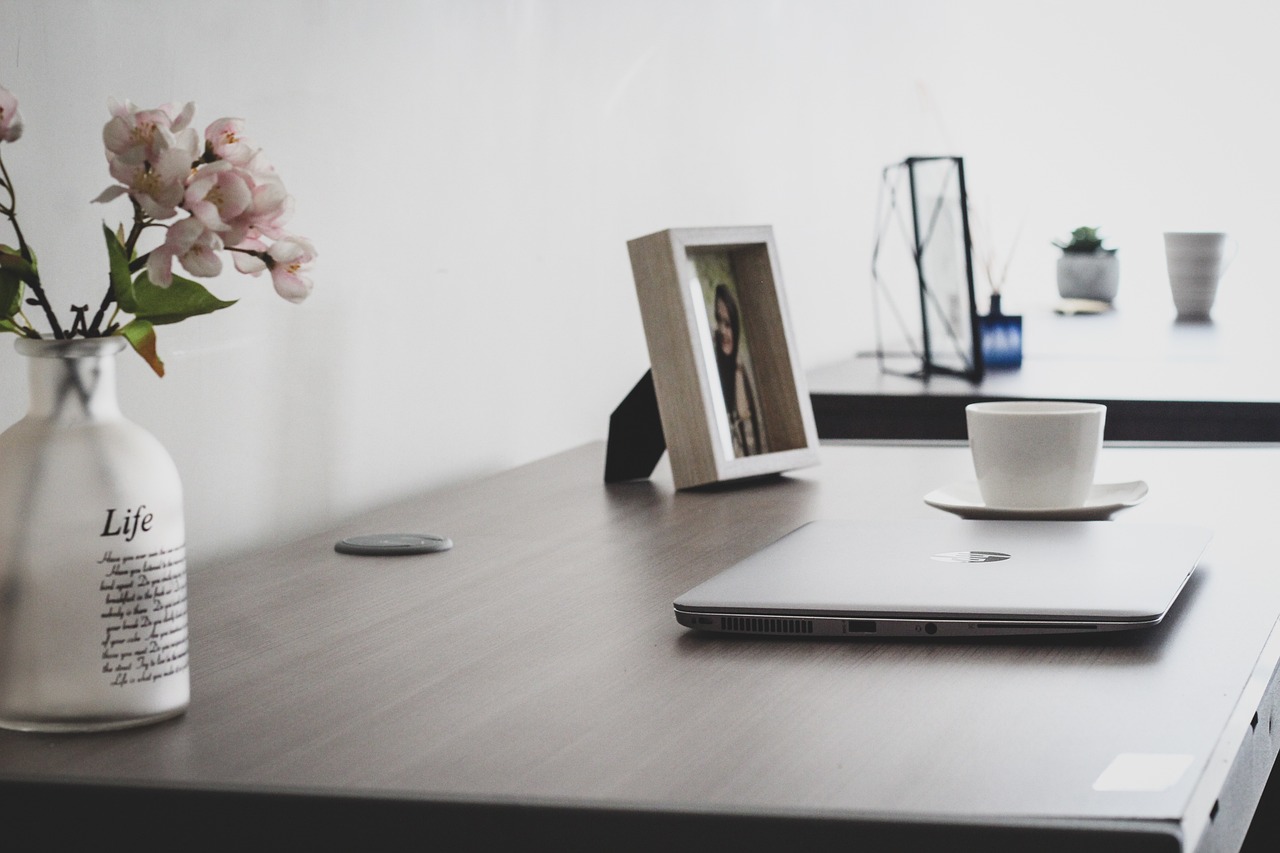
Add Personal Touches
Adding personal touches to your home is the key to creating a space that truly reflects your personality and style. Whether it's family photos, cherished souvenirs from travels, or unique artwork, these items can transform a room into a warm and inviting sanctuary. By strategically placing these personal mementos around your living space, you not only infuse it with character but also make it feel more like home.
Frequently Asked Questions
- How can I determine the ideal furniture layout for my living space?
To create a coordinated furniture layout, start by assessing the dimensions of your room and identifying your needs. Choose a focal point to anchor your arrangement around, consider traffic flow, balance proportions, and play with symmetry and asymmetry to achieve a visually appealing design.
- What are some tips for maximizing space efficiency in smaller rooms?
Utilize multipurpose furniture like storage ottomans or sleeper sofas to serve multiple functions. Mixing various sizes of furniture pieces and incorporating different heights can also help create a sense of equilibrium and maximize space efficiency in smaller rooms.
- How important is lighting in enhancing the overall furniture layout?
Layering lighting elements such as overhead lighting, task lighting, and ambient lighting is crucial in creating a well-lit and inviting atmosphere that complements your furniture arrangement. It adds depth and highlights the design elements in the room.




